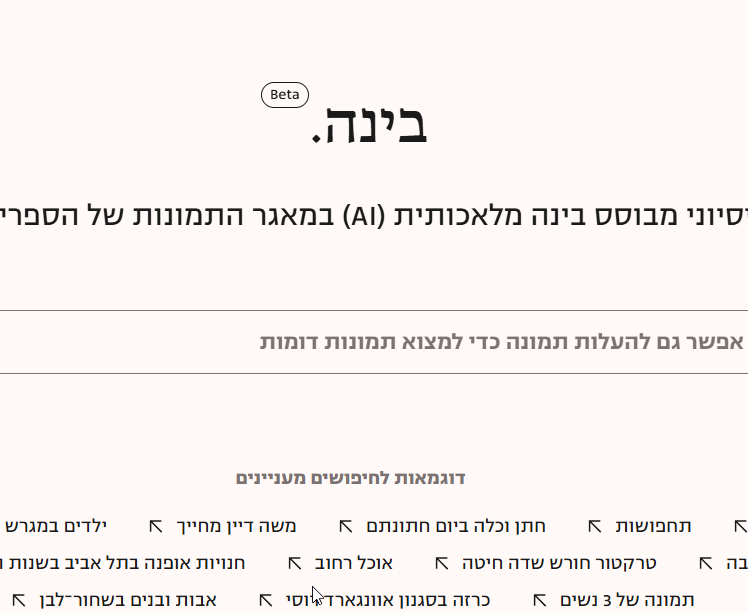





The goal of this activity is to use manuscripts of ketubot from around the world to examine how they reflect the communities and time periods they come from
Hang manuscripts of different ketubot around the room. See here for a detailed explanation and some examples of ketubot preserved in the NLI collections
Students walk around and examine the ketubot briefly. Explain that a ketubah is a traditional marriage contract written in Aramaic, often made into a piece of artwork. The purpose of this contract is to outline the rights and responsibilities of the groom in relation to the bride. You can discuss the importance marriage contracts in the past and today, and what has changed over the years both within the Jewish community and in society in general.
Students walk around and, using two different colored sticky notes, write down (1) what they notice or like, and (2) questions they have about each ketubah. They can use these guidelines to observe the ketubot
Once they are done, go over their comments and questions and point out additional things to observe in the ketubot, for example what they have in common (biblical verses, Jewish and other symbols) and how they each reflect a certain time and place.
Based on the designs they saw, students design a ketubah frame that reflects their family and/or community